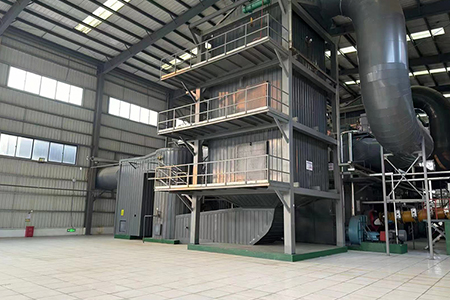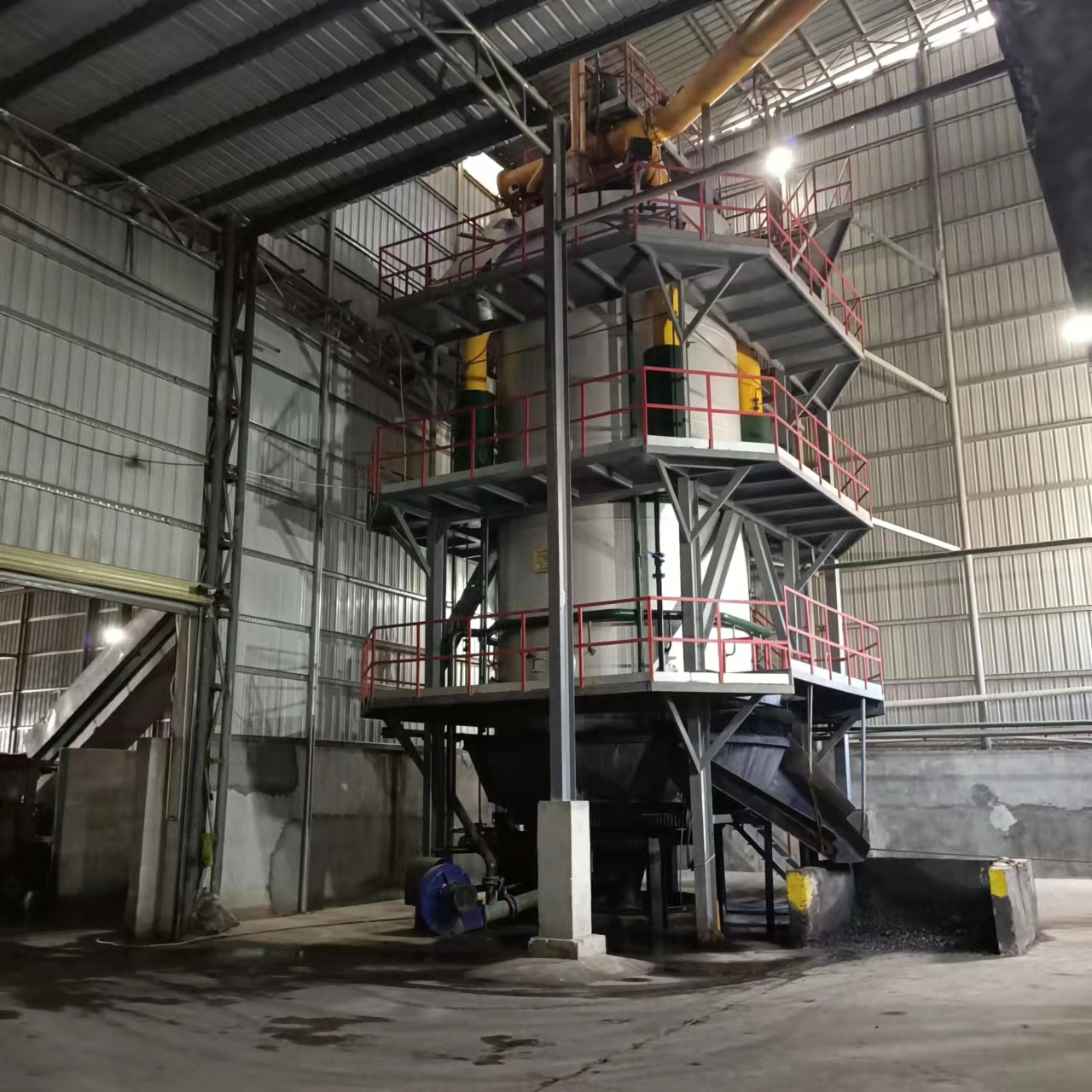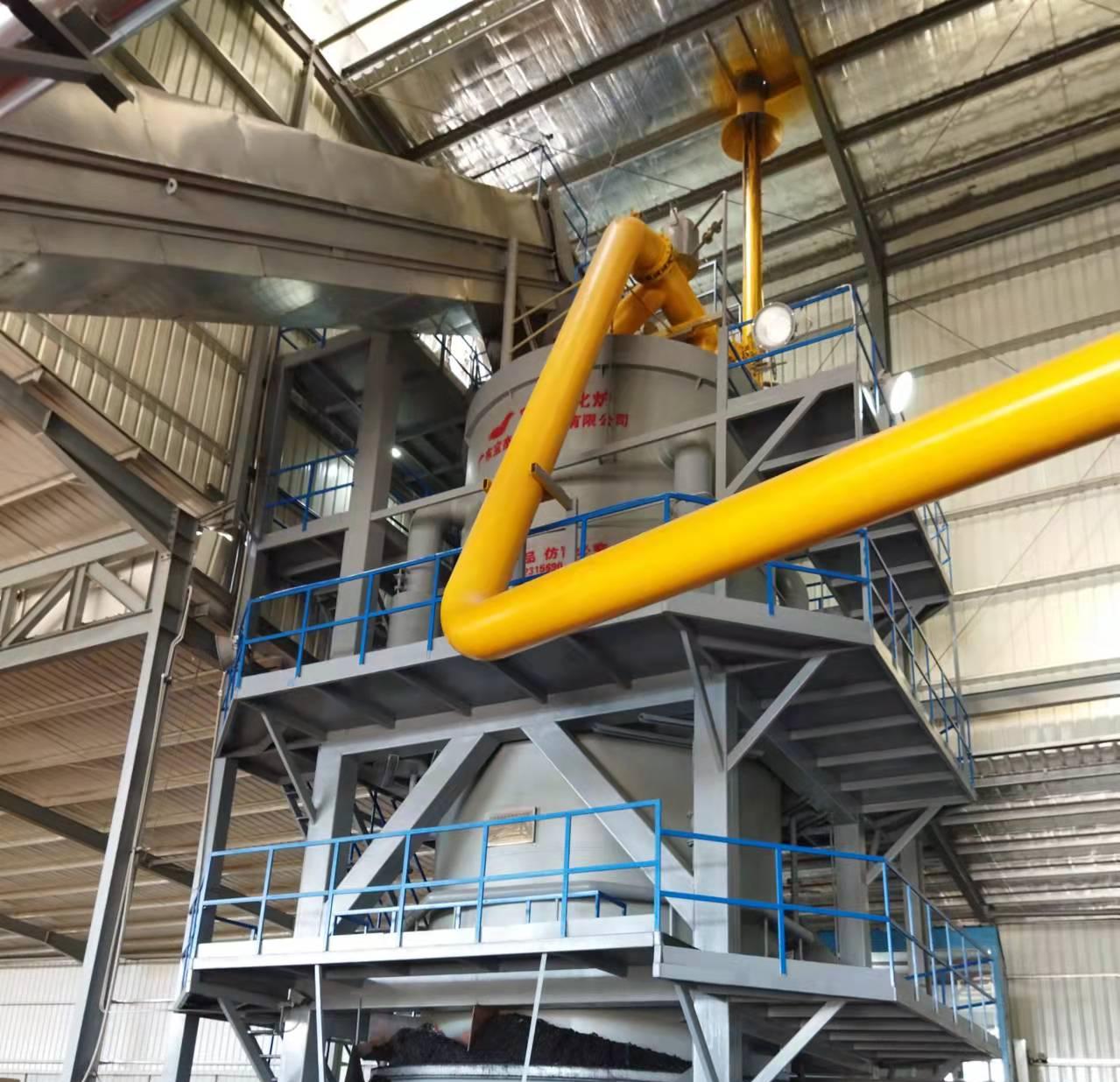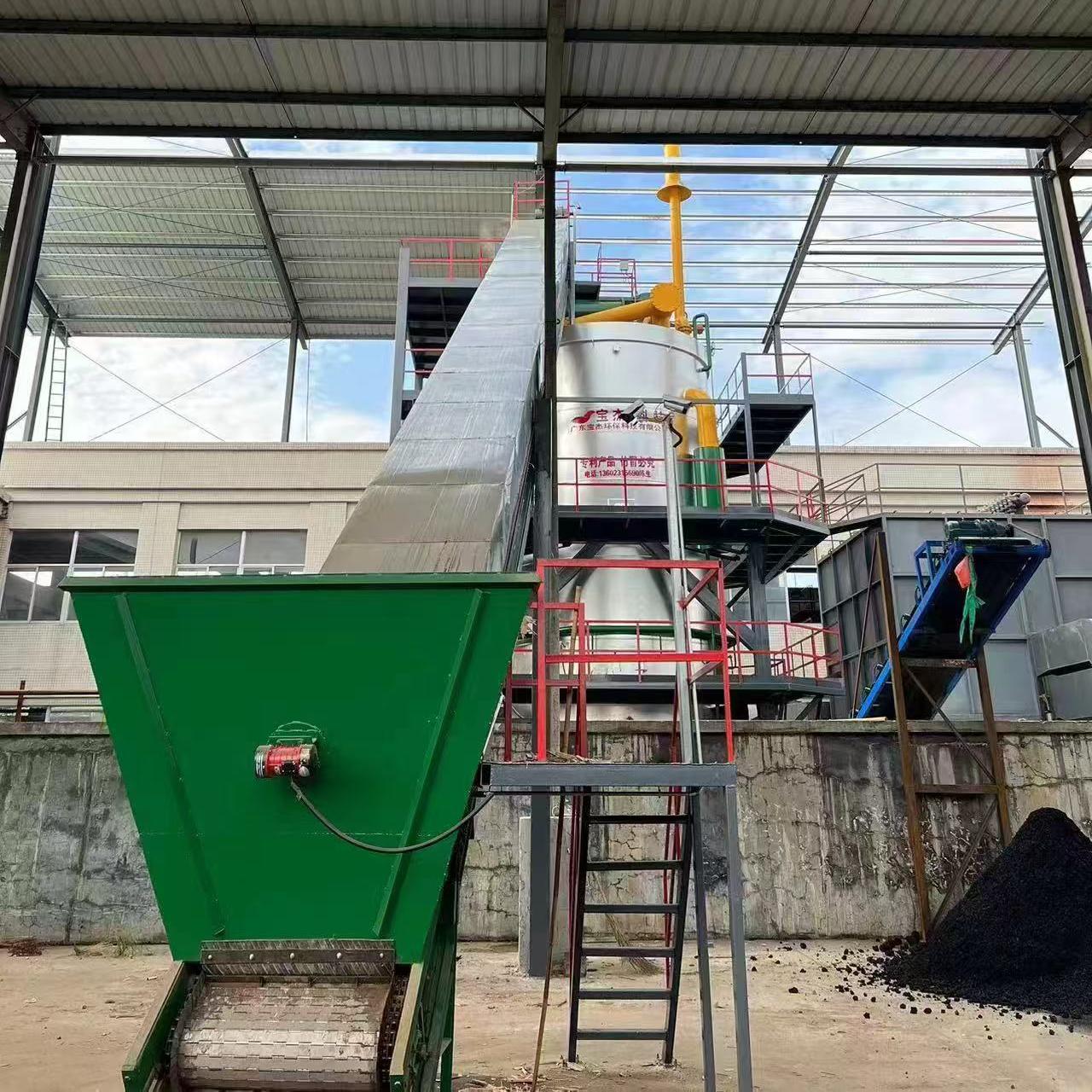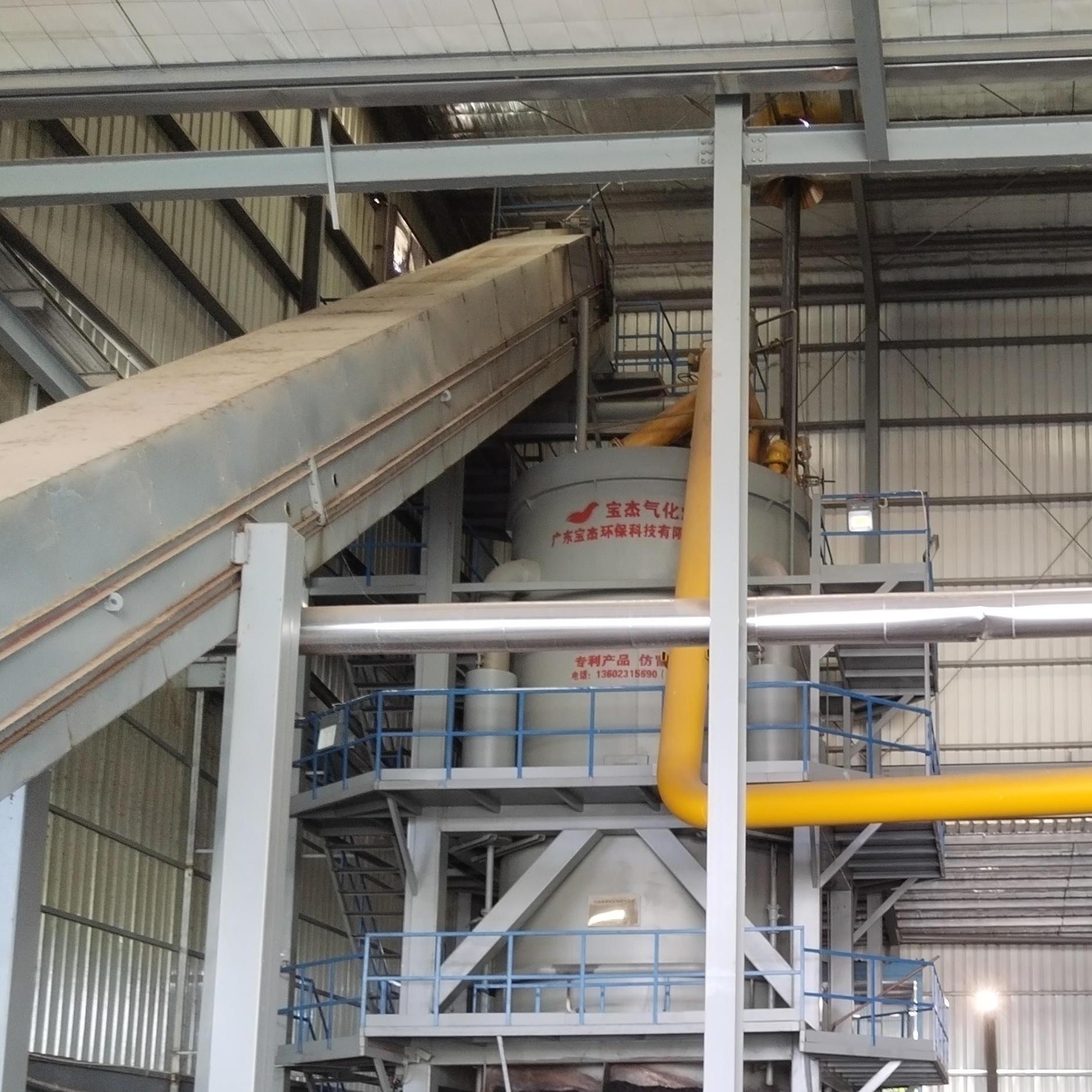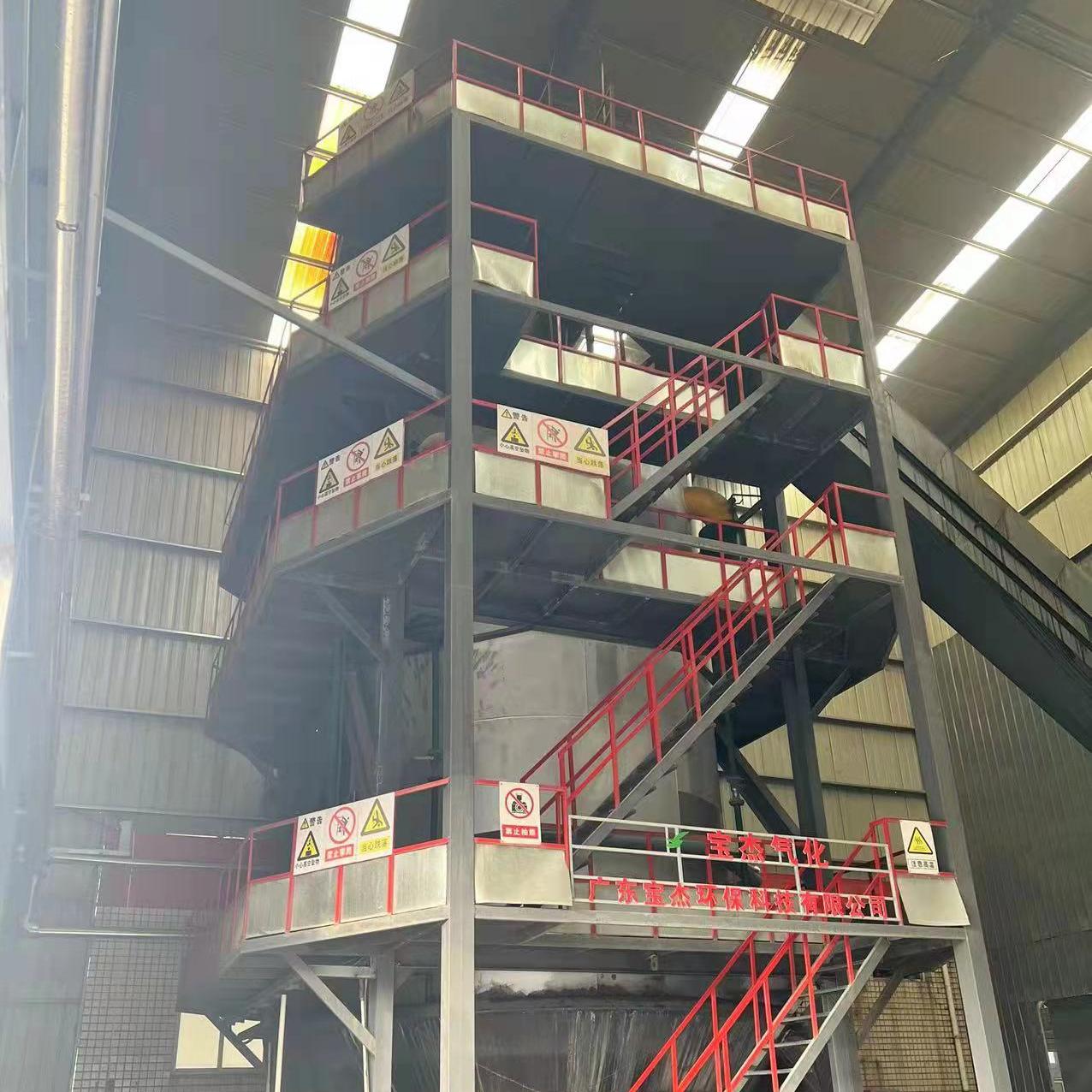R&D and manufacture of biomass gasification equipment, environmental protection equipment, boiler equipment, investment in heating (steam) energy operation and management.
Tel:+86 0769-82928980
E-mail:[email protected]
Web Menu
Product Search
Exit Menu
Industry News
How Efficient Is a 20 Tonne Biomass Gasifier Compared to Other Biomass Energy Systems?
Biomass energy has emerged as a critical component in the global shift toward renewable and sustainable energy sources. Among the various technologies for converting biomass into usable energy, biomass gasification stands out for its ability to transform solid biomass into combustible gas, which can then be used for electricity generation, heating, or as a fuel for industrial processes. A 20 tonne biomass gasifier represents a large-scale system capable of handling substantial biomass input, making it particularly relevant for industrial or community energy projects.
Evaluating the efficiency of a 20 tonne biomass gasifier requires a comprehensive look at its operational principles, energy output, comparison with alternative biomass systems, and practical considerations. This article explores these aspects in detail, providing a thorough understanding of the system’s performance.
1. Understanding a 20 Tonne Biomass Gasifier
A biomass gasifier is a system that converts organic material into a flammable gas mixture, commonly known as syngas, through a process called thermochemical gasification. Key components and principles include:
- Feedstock Input: The gasifier can process a variety of biomass types, including wood chips, agricultural residues, pellets, and energy crops. A 20 tonne system handles approximately 20 tonnes of dry biomass per day, making it suitable for large-scale operations.
- Gasification Process: Biomass is subjected to controlled heating in an oxygen-limited environment. The process typically involves four stages: drying, pyrolysis, oxidation, and reduction.
- Syngas Production: The gasifier produces a mixture of carbon monoxide (CO), hydrogen (H₂), methane (CH₄), carbon dioxide (CO₂), and trace gases. This syngas is combustible and can be used for electricity generation, heat production, or as fuel for engines.
- Byproducts: Char and ash are produced as residuals, which can be used as soil amendments or further processed.
A 20 tonne biomass gasifier is designed for high throughput and industrial reliability, ensuring consistent energy output while minimizing downtime.
2. Measuring Efficiency in Biomass Gasifiers
Efficiency in biomass gasifiers can be measured in multiple ways:
a. Energy Conversion Efficiency
- This measures the ratio of energy content in the produced syngas to the energy content of the biomass input.
- Typical efficiencies for modern biomass gasifiers range from 65% to 85%, depending on feedstock quality, gasifier design, and operating conditions.
- A 20 tonne gasifier, with advanced design and optimized operations, can reach the upper range of efficiency, making it competitive with other large-scale biomass systems.
b. Electrical Conversion Efficiency
- When the syngas is used to drive generators, the overall electrical efficiency is lower, usually between 20% and 30%, due to energy losses in combustion and conversion.
- Combined heat and power (CHP) systems can increase overall energy utilization, achieving total efficiencies of 70%–80% when both electricity and thermal energy are captured.
c. Thermal Efficiency
- Thermal efficiency measures the amount of heat recovered from the gasification process relative to the energy content of the biomass.
- A 20 tonne system designed for industrial heating or process steam applications can achieve thermal efficiencies above 75%, making it highly effective for heat-intensive industries.
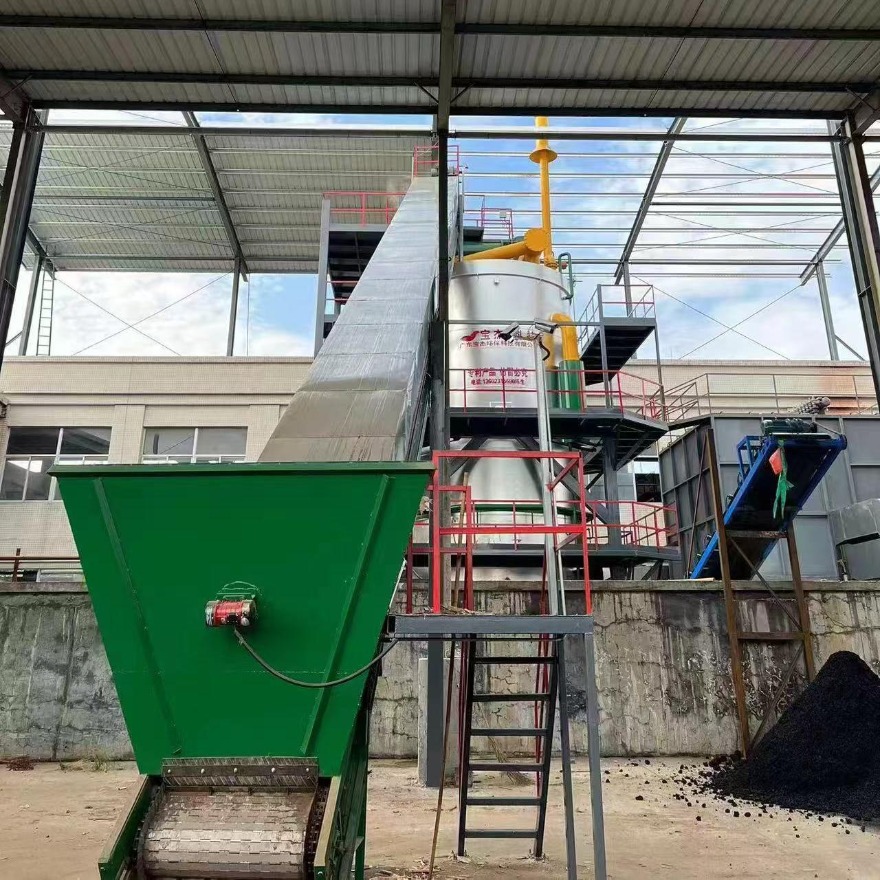
3. Comparison with Other Biomass Energy Systems
To assess the relative efficiency of a 20 tonne biomass gasifier, it is essential to compare it with alternative biomass energy systems:
a. Direct Combustion Boilers
- Traditional biomass boilers burn solid biomass directly to generate heat or steam.
- Advantages: Simple design, high reliability, and low maintenance.
- Limitations: Lower efficiency (usually 25%–35% for electricity generation), limited fuel flexibility, and high particulate emissions.
- Comparison: Gasifiers convert biomass into syngas first, which can be used more flexibly, allowing higher energy conversion efficiency and cleaner emissions.
b. Anaerobic Digesters
- Anaerobic digestion converts organic biomass into biogas through microbial activity in an oxygen-free environment.
- Advantages: Produces methane-rich biogas, suitable for engines and CHP; can process wet biomass efficiently.
- Limitations: Slower process, lower energy density, and requires careful feedstock management.
- Comparison: Gasifiers process dry biomass rapidly, produce higher energy density syngas, and are better suited for large-scale, high-throughput operations like a 20 tonne system.
c. Pellet-Fired Systems
- Biomass pellets can be burned in specialized stoves or boilers for heating.
- Advantages: Standardized fuel, automated feeding, low moisture content.
- Limitations: Requires pellet production infrastructure; efficiency limited in electricity generation applications.
- Comparison: Gasifiers handle bulk biomass directly without pelletization, reducing fuel processing costs and improving overall energy conversion efficiency.
d. Pyrolysis Systems
- Pyrolysis thermally decomposes biomass into bio-oil, syngas, and char in the absence of oxygen.
- Advantages: Produces multiple usable products; can produce liquid fuels.
- Limitations: More complex operation, lower overall energy efficiency, and more costly for large-scale energy production.
- Comparison: Gasifiers are more efficient for direct energy generation, particularly in electricity or thermal applications.
4. Factors Affecting the Efficiency of a 20 Tonne Biomass Gasifier
Several operational and design factors influence the efficiency of large-scale gasifiers:
a. Feedstock Characteristics
- Moisture content, particle size, and chemical composition affect gasification efficiency.
- Ideal feedstock has moisture content below 20% and uniform particle size for optimal combustion and gas quality.
b. Gasifier Design
- Fixed-bed, fluidized-bed, and downdraft designs offer varying efficiencies.
- Downdraft gasifiers are preferred for syngas quality and tar reduction, enhancing overall energy conversion efficiency.
c. Operating Conditions
- Temperature control, airflow rates, and residence time in the gasifier directly impact syngas composition and calorific value.
- Maintaining optimal conditions ensures consistent high energy output.
d. Gas Cleanup Systems
- Syngas may contain particulates, tar, and other impurities.
- Effective filtration and cooling improve combustion efficiency and protect downstream engines or turbines.
5. Environmental and Operational Advantages
Efficiency is not limited to energy conversion; environmental performance is equally important:
- Lower Emissions: Gasifiers produce less particulate matter, NOx, and SOx compared to direct combustion systems.
- High Fuel Utilization: Biomass gasification converts more of the energy in the feedstock into usable energy, reducing waste.
- Carbon Neutrality: When sourced sustainably, biomass gasification contributes to lower net greenhouse gas emissions compared to fossil fuels.
These environmental benefits complement the high operational efficiency of a 20 tonne biomass gasifier.
6. Applications Highlighting Efficiency
The high efficiency of a 20 tonne biomass gasifier makes it suitable for various applications:
- Industrial Heating: Supplying steam or hot water to factories or processing plants.
- Electricity Generation: Powering generators in remote areas or as part of a renewable energy portfolio.
- Combined Heat and Power (CHP) Systems: Maximizing energy output by simultaneously generating electricity and heat.
- Community Energy Projects: Supplying energy to multiple buildings or facilities in biomass-rich regions.
These applications leverage the rapid conversion of large volumes of biomass into usable energy, demonstrating both operational and economic efficiency.
7. Economic Efficiency
In addition to energy performance, a 20 tonne biomass gasifier offers economic advantages:
- Reduced Fuel Costs: Large-scale biomass utilization reduces dependence on fossil fuels.
- High Throughput: Processing 20 tonnes of biomass daily reduces operational labor and increases energy output.
- Low Maintenance Costs: Modern gasifiers are engineered for reliability and durability, lowering downtime and repair expenses.
- Scalability: Large gasifiers offer economies of scale, making them cost-effective for industrial operations.
Conclusion
A 20 tonne biomass gasifier is a highly efficient solution for large-scale biomass energy conversion, offering advantages over traditional biomass systems such as direct combustion, anaerobic digestion, pellet-fired boilers, and pyrolysis. Its high energy conversion efficiency, adaptability to various feedstocks, and ability to produce both heat and electricity make it ideal for industrial, community, and renewable energy applications.
Operational efficiency depends on feedstock quality, gasifier design, process optimization, and syngas cleanup, but when properly implemented, a 20 tonne biomass gasifier can deliver energy efficiencies exceeding 70% in combined heat and power applications, significantly higher than many alternative systems. Combined with its environmental benefits, reliability, and economic advantages, the 20 tonne biomass gasifier is a cornerstone technology for sustainable, large-scale biomass energy production.
Quick Links
Products
contact Us
 Tel: +86 0769-82928980
Tel: +86 0769-82928980 Fax: [email protected]
Fax: [email protected] E-mail: [email protected]
E-mail: [email protected] Company Address: Dalang Chamber of Commerce Building, No. 288 Yinlang South Road, Dalang Town, Dongguan City 13333, China
Company Address: Dalang Chamber of Commerce Building, No. 288 Yinlang South Road, Dalang Town, Dongguan City 13333, China Factory Add:
West side of Centre Road and south side of Zhongyuan Road within Hongcaoyuan, Hongcao Town, Shanwei Urban District
Factory Add:
West side of Centre Road and south side of Zhongyuan Road within Hongcaoyuan, Hongcao Town, Shanwei Urban District
Copyright© 2022 Guangdong Bao Jie Technology Co., Ltd.All Rights Reserved.


 EN
EN 